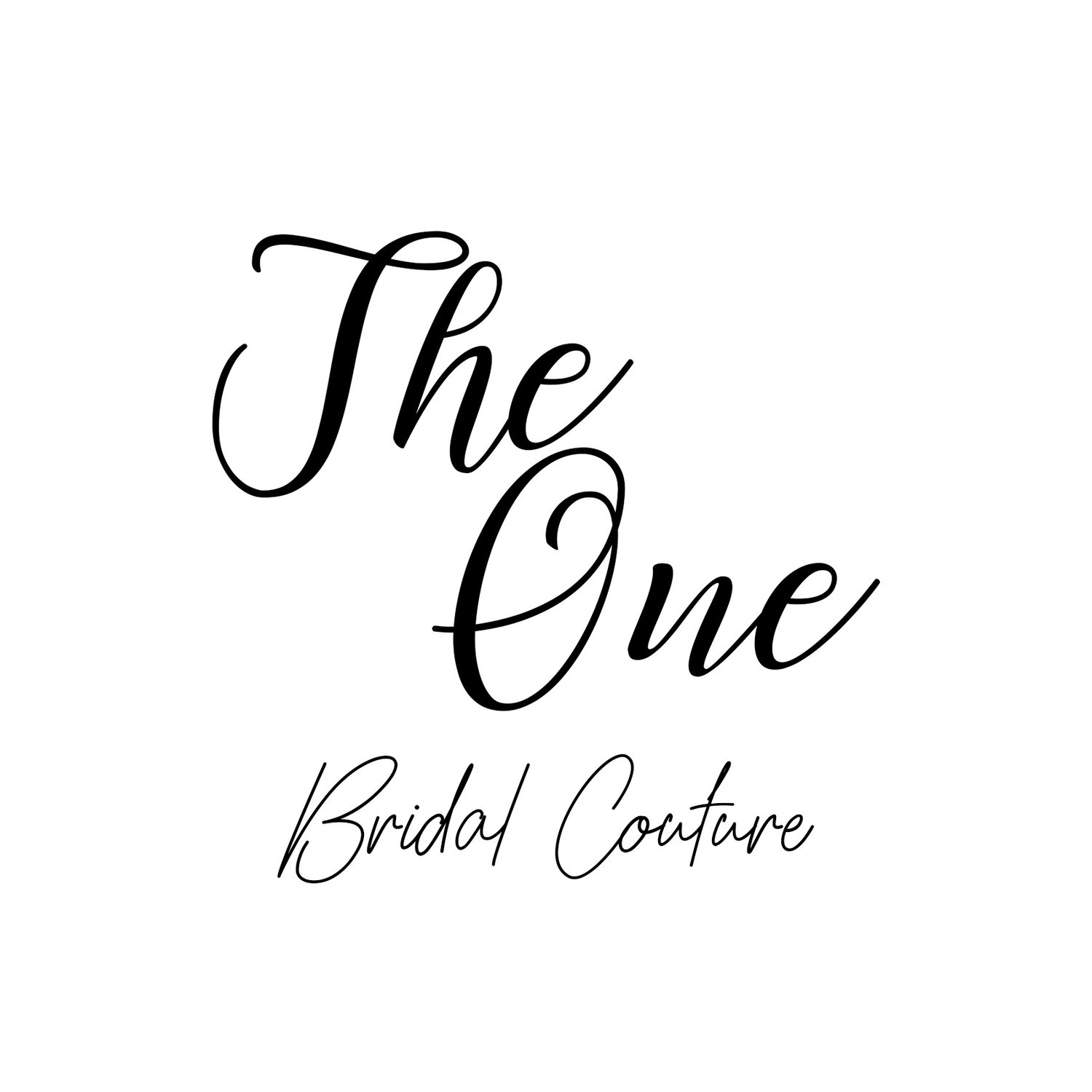Wedding Invitations
Wedding invitations are one of the first glimpses your guests get of your wedding style, so choosing the right one is important. Here's a guide to help you pick the perfect wedding invitation:
1. Consider Your Wedding Theme and Style
Your invitation should reflect the overall style and theme of your wedding. Whether it's a formal, elegant affair, a boho-chic celebration, or a rustic garden party, the design of your invitations should set the tone.
Classic/Elegant Weddings: Opt for traditional designs with elegant fonts, embossed or gold foil details, and classic colors like white, ivory, navy, or blush.
Modern Weddings: Go for minimalist designs with clean lines, bold typography, and contemporary colors like metallics or monochromes.
Rustic Weddings: Choose invitations with natural textures, like kraft paper or wooden elements, and soft floral or greenery designs.
Destination Weddings: For a destination wedding, consider incorporating elements of the location, like beach motifs, palm leaves, or tropical flowers.
2. Choose the Right Paper and Printing Style
There are several printing styles to choose from, each offering its unique look and feel:
Letterpress: Raised, indented design with a classic, luxurious look.
Foil Stamping: Metallic foil applied to the design for a bit of sparkle.
Digital Printing: Common, cost-effective, and suitable for more intricate designs.
Laser Cut: Intricate, detailed designs cut into the paper for a delicate, elegant effect.
Watercolor: A soft, artistic look with hand-painted designs, perfect for a whimsical or boho wedding.
3. Include the Essential Information
Wedding invitations should provide all the necessary details in a clear and easy-to-read way. The basic information to include is:
Names of the couple
Wedding date and time
Venue details (address, including directions if necessary)
RSVP details (e.g., RSVP date and how to respond)
Dress code or special instructions (if any, e.g., formal, casual, black tie, or beachwear)
4. Personalization and Customization
Personalized touches can make your invitations even more special. Consider incorporating:
Custom monograms or initials
Photos of the couple
A special quote or meaningful phrase
Handwritten calligraphy for a more personal feel
5. Digital vs. Printed Invitations
With the rise of technology, many couples opt for digital invitations. These can be sent via email or through wedding websites, offering interactive features like RSVP tracking. If you're on a budget or planning a smaller, more intimate wedding, digital invitations may be a great option.
However, printed invitations still remain the most popular choice for many couples, as they offer a physical keepsake for guests. When sending printed invitations, ensure you account for postage time and any international mailing if guests are abroad.
6. RSVP and Additional Pieces
Depending on the formality of your wedding, you may want to include additional pieces along with your main invitation:
RSVP card (traditional, or via email/website)
Details card (with more info on accommodations, parking, dress code, etc.)
Map or directions card
Save-the-dates (if sent earlier, usually six to nine months before the wedding)
7. Eco-Friendly Options
If sustainability is important to you, there are plenty of eco-friendly options, including:
Recycled paper or plantable invitations (paper embedded with seeds that guests can plant later)
Digital invitations (no paper waste)
Biodegradable or compostable options for RSVPs and envelopes
8. Timeline for Ordering Invitations
You should send out wedding invitations around 8 to 12 weeks before the wedding. If you're sending destination wedding invitations or need to coordinate travel for guests, it’s a good idea to send Save-the-Dates 6–8 months in advance.
